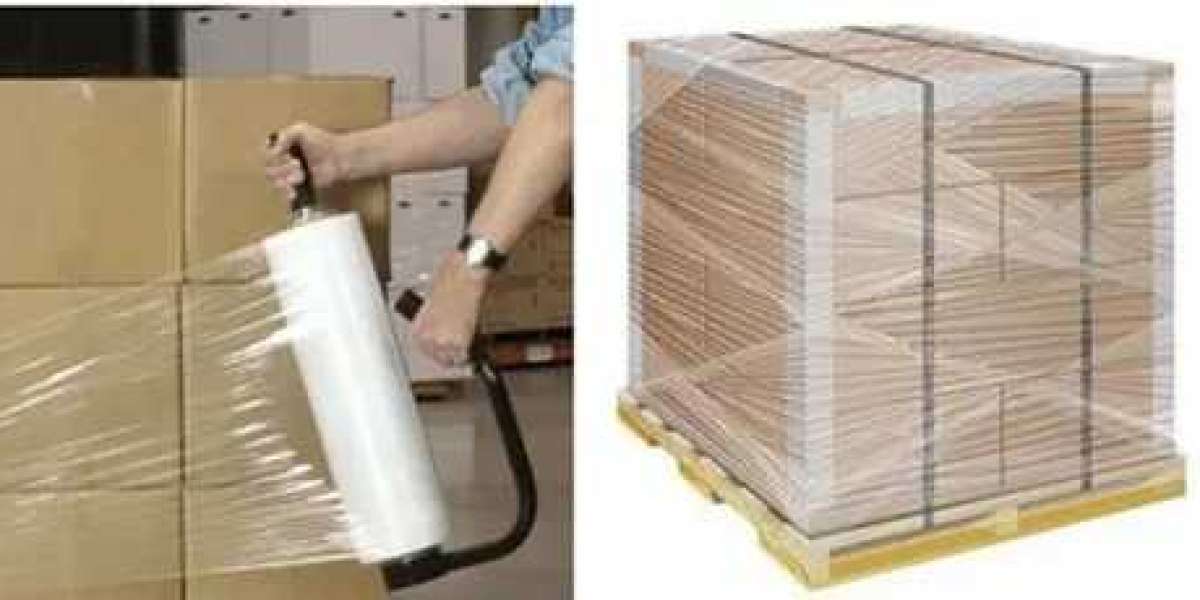Steel Strapping: The Ultimate Solution for Heavy-Duty Packaging
In the realm of industrial packaging, securing goods for transportation and storage is crucial. One of the most effective methods for achieving this is through the use of steel strapping. Known for its strength, durability, and resistance to environmental conditions, steel strapping is a favored choice for businesses that need to secure heavy or bulky loads. This article will explore what steel strapping is, its applications, benefits, and considerations when choosing this robust packaging solution.
What is Steel Strapping?
Steel strapping, also referred to as steel banding, is a type of packaging material made from high-tensile steel. It is manufactured in various widths, thicknesses, and strengths to accommodate different applications. Steel strapping is typically available in two forms: regular steel strapping and high-tensile steel strapping. Regular steel strapping is suitable for general applications, while high-tensile steel strapping provides added strength for more demanding loads.
Steel strapping is designed to be used with a variety of tools and techniques, including tensioners, sealers, and clips, which help to secure and hold the strapping in place around the packaged goods. Its ability to withstand significant tension and pressure makes it an ideal choice for heavy-duty applications.
Key Benefits of Steel Strapping
Steel strapping offers several advantages over other types of strapping materials, making it a preferred choice in many industries. Here are some key benefits:
High Strength and Durability
One of the most significant advantages of steel strapping is its high tensile strength. It can hold together heavy and bulky loads that would be challenging for plastic or paper strapping. Steel strapping is resistant to stretching and can withstand the rigors of transport and storage without losing its integrity. This durability is essential for businesses that need to ensure their products arrive at their destination in perfect condition.
Resistance to Environmental Conditions
Steel strapping is highly resistant to temperature fluctuations, humidity, and even UV radiation. Unlike plastic strapping, which can degrade or become brittle over time, steel strapping maintains its performance even in harsh environments. This makes it suitable for outdoor applications and industries where temperature variations are common, such as construction and manufacturing.
Versatility in Application
Steel strapping is incredibly versatile and can be used across various industries, including construction, automotive, steel mills, and manufacturing. It is commonly used for bundling products, securing palletized loads, and stabilizing shipments during transport. Its ability to conform to different shapes and sizes makes it ideal for various applications.
Cost-Effectiveness for Heavy Loads
While the initial cost of steel strapping may be higher than plastic or paper options, its longevity and strength make it a cost-effective solution for securing heavy loads. By minimizing the risk of damage during transit, businesses can save on potential losses and reduce the need for additional packaging materials.
Safety and Security
Steel strapping provides a high level of security, ensuring that loads remain intact during transport. This security is particularly important for valuable or sensitive goods that could be damaged if not properly secured. Additionally, when applied correctly, steel strapping reduces the risk of shifting loads, preventing potential accidents during handling and transport.
Applications of Steel Strapping
Steel strapping is used in various industries and applications. Here are some common uses:
Construction and Building Materials
In the construction industry, steel strapping is often used to secure bundles of lumber, roofing materials, and other heavy building supplies. Its strength ensures that these materials remain stable and protected during transport and storage.
Manufacturing and Industrial Applications
Manufacturers frequently use steel strapping to bundle heavy machinery, equipment, and components. This application helps protect items from damage while also making them easier to handle and transport.
Steel Mills and Metal Fabrication
Steel strapping is commonly employed in steel mills to bundle steel coils, bars, and plates. The strength of the steel strapping is essential in keeping these heavy and bulky items secure during transport.
Warehousing and Distribution
In warehouses, steel strapping is used to secure palletized loads and prevent shifting during storage and transport. It helps streamline operations by keeping products organized and secure.
Automotive Industry
The automotive industry utilizes steel strapping to secure parts and components during transport. Its strength is essential for preventing damage to delicate parts while in transit.
Considerations When Choosing Steel Strapping
When selecting steel strapping for your packaging needs, there are several factors to consider:
Type of Steel Strapping
Decide between regular steel strapping and high-tensile steel strapping based on the load you need to secure. High-tensile strapping is typically used for heavier loads or applications requiring additional strength.
Width and Thickness
Steel strapping comes in various widths and thicknesses. Choose the right size based on the dimensions and weight of your loads. Thicker straps are better for heavier items, while thinner straps may be suitable for lighter loads.
Tools and Equipment
Ensure you have the appropriate tools for applying and securing steel strapping. Tensioners, sealers, and cutters are necessary for achieving a proper and secure application.
4. Safety Measures
When working with steel strapping, consider the safety measures required. Steel strapping can have sharp edges, so it is essential to provide proper training and protective gear for employees handling the material.
5. Environmental Considerations
While steel strapping is durable and long-lasting, consider its environmental impact. If sustainability is a priority for your business, explore options for recycling or reusing steel strapping materials.
Conclusion
Steel strapping is an indispensable packaging solution for industries requiring heavy-duty load securing. Its high strength, durability, and resistance to environmental conditions make it a reliable choice for businesses that prioritize the safe transport of goods. While the initial investment may be higher compared to other strapping materials, the long-term benefits, including cost-effectiveness and enhanced security, make it a worthwhile consideration.
As industries continue to evolve and seek solutions that combine strength with sustainability, steel strapping remains a formidable option in the packaging world. Whether in construction, manufacturing, or distribution, steel strapping offers a secure and effective means of safeguarding products, ensuring they arrive safely at their destination.







